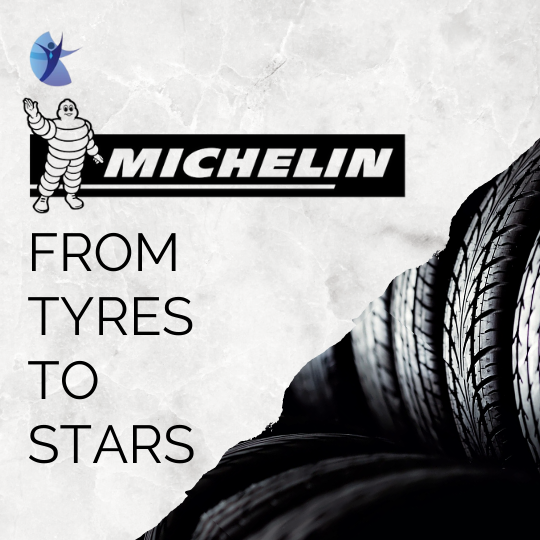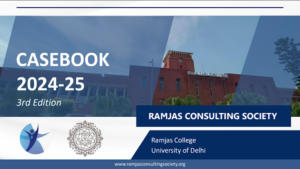Michelin Tyres
Clermont-Ferrand, France is home to the international Michelin tyre manufacturing corporation. It is bigger than Goodyear and Continental and is the second-largest tyre producer after Bridgestone. The Michelin Man, commonly referred to as Bibendum, is the company’s mascot. Michelin is also well-known for its Red and Green travel guides, its roadmaps and the Michelin stars that the Red Guide awards to restaurants for their food.
History
The Michelin company was founded on May 28th, 1889. The world’s first long-distance bicycle race, the 1891 Paris-Brest-Paris, was won by Charles Terront using a removable pneumatic tyre that Michelin received its first patent in 1891. In Vietnam, Michelin ran significant rubber plantations in the 1920s and 1930s. Due to the conditions on these plantations, the renowned labour movement Phu Rieng Do was born. As of 1 September 2008, Michelin is again the world’s largest tyre manufacturer after spending two years as number two behind Bridgestone.
Success Story
The most well-known inventors from Clermont-Ferrand not only revolutionised modern transportation, but they also created a name that would ultimately confer some of the highest honours in the culinary world: Michelin stars, given only to the best eateries. Early in the 20th century, Michelin foresaw the route that tourism would take. The Michelin brothers succeeded in making the name “Michelin” synonymous with travel and fine dining in the early 20th century with the publication of Michelin Guides and maps. Today, they are the second-largest tyre producer in the world by revenue.
Michelin Guide
The Michelin firm started publishing travel guides in 1900, with a free guide to France sent to drivers. Soon after, road maps appeared. The company’s most ingenious strategy was to emphasise cuisine worth travelling for. Drivers were persuaded to travel further by the books’ descriptions of eateries serving exceptional regional food and having extensive wine lists (and, of course, they needed sturdy Michelin tyres to complete their journeys).
The reason behind the guide
Durable automobile tyres and the search of great boeuf bourguignon became inextricably linked with the introduction of Michelin stars in 1926, which were awarded to the top restaurants in the guides. It was a clever move to encourage longer car trips, which in turn increased tyre sales, to encourage drivers to discover their nation by taking detours to enticing eateries and staying somewhere overnight.




